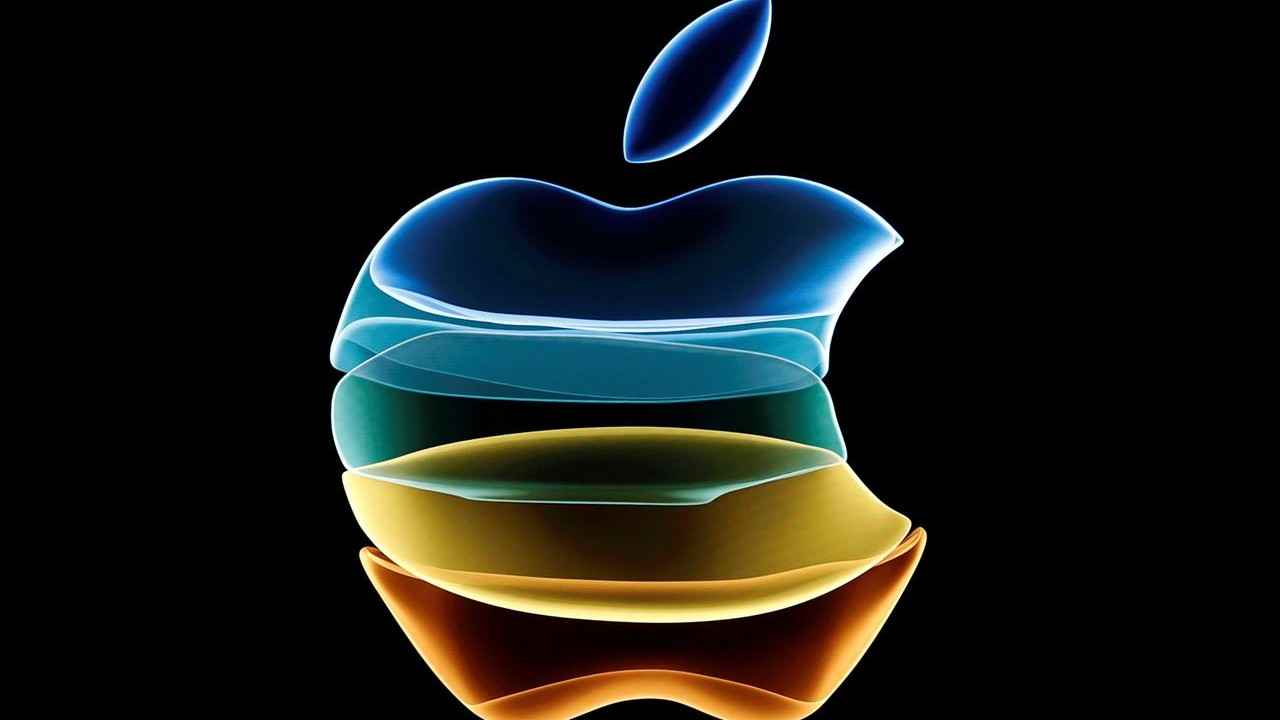Apple granted patent for virtual sound, hints at AR on MacBooks

Apple granted patent for virtual sound using MacBooks
The implementation is similar to how noise cancellation works
The patent was originally filed by Apple in 2018
Apple has been granted a patent for virtual speakers that can simulate sound from any point in the room. The patent was originally filed by Apple in 2018 and covers the ability to virtual positioning of audio. Apple has already been using Augmented Reality focus for audio on the iPhone and iPad, but the patent that has been granted seems to include the MacBook Pro, headphones and even the HomePod.
The newly granted patent outlines how Apple will enable virtual surround sound on the MacBook Pro. The technique Apple is employing is very similar technique to how noise cancellation is performed, by cancelling cross-talk. The patent details the ways in which Apple will enable virtualization, allowing sound to appear like its coming from a point other than the loudspeaker itself. The idea behind the technique is that for sounds that should originate on the left, the right speaker would turn off so as to make the sound appear to come only from the left.
As per the patent, “A virtual acoustic system is one that gives the user the illusion that sound is emanating from elsewhere in an indoor or outdoor space than directly from a loudspeaker (e.g., one that is placed in a room, one that is built into a laptop computer, etc. Audio signal processing for virtual acoustics can greatly enhance a movie, a sports even, a videogame or other screen viewing experience, adding to the feeling of "being there". Various known audio processing algorithms, executed by digital processors, modify one or more recorded, synthesized, mixed or otherwise produced digital audio signals in such a way as to position a virtual source according to modeling that is based on human perception of sound, including the role of ear acoustics, other reflecting and absorbing surfaces, distance and angle of source, and other factors. In the case of headphones, specially processed audio signals (binaural rendering) are sent to left and right ears of a listener without the crosstalk that is inevitably received by the ears when listening to stereo loudspeakers. For viewers and listeners that prefer loudspeakers, for example those that may be built into a laptop computer, a crosstalk canceler is employed in some virtual acoustic systems to produce sounds from multiple loudspeakers in such a way that for example a "left" audio signal is predominantly heard only at the left ear of the listener, and a "right" audio signal is predominantly heard only at the right ear of the listener (by virtue of sound wave cancellation in the air surrounding the listener.) This allows the left and right audio signals to contain spatial cues that enable a virtual sound to be "positioned" at a desired location between the loudspeakers.”
If Apple does manage to implement this on the MacBook Pro, it would take the audio experience from Apple’s laptops to a whole new level. Currently, the MacBooks are regarded as having the best audio experience, and then adding sound virtualization to the mix should make watching movies on the MacBook Pro an even better experience than it is right now.
Digit NewsDesk
Digit News Desk writes news stories across a range of topics. Getting you news updates on the latest in the world of tech. View Full Profile




